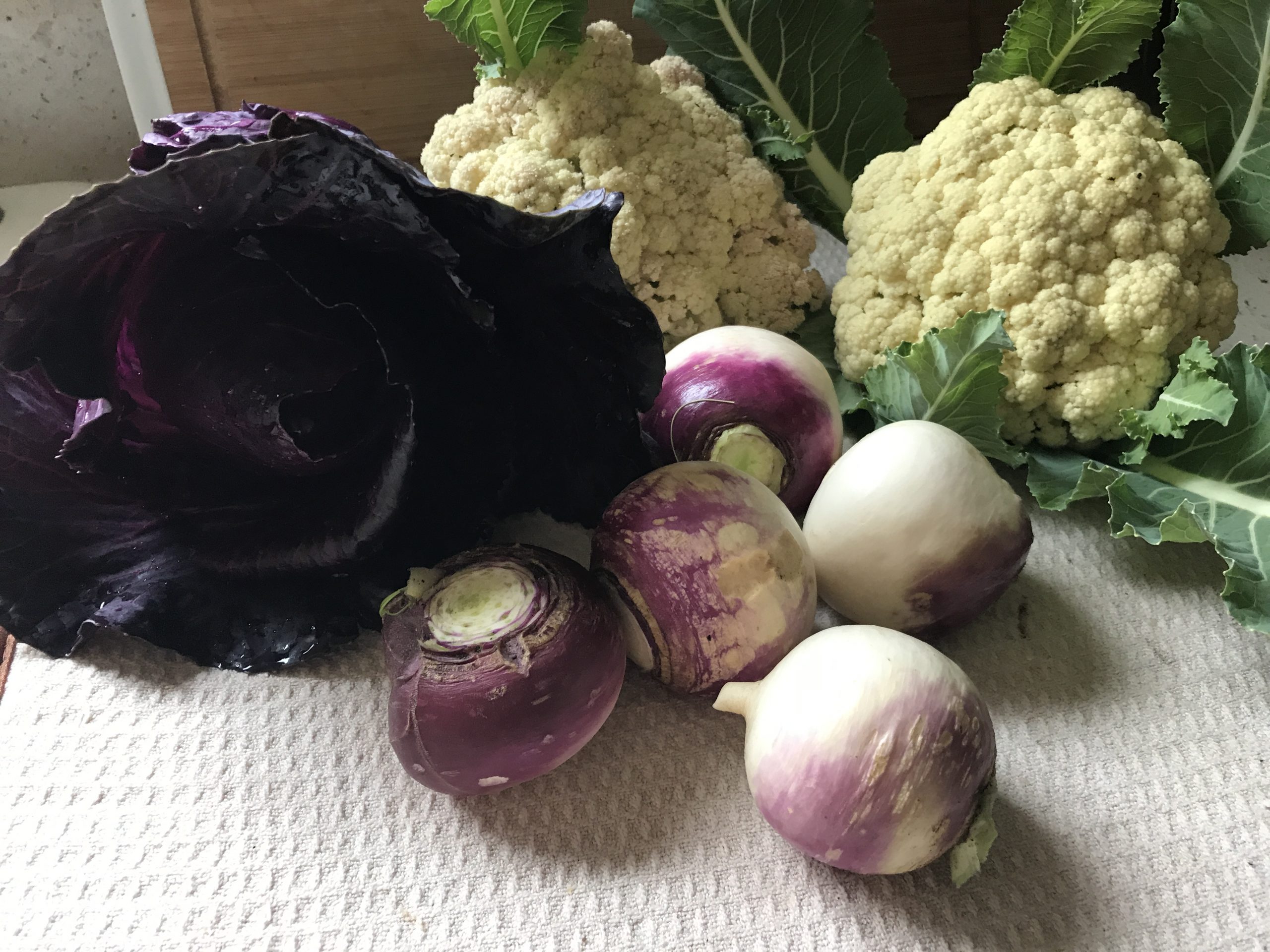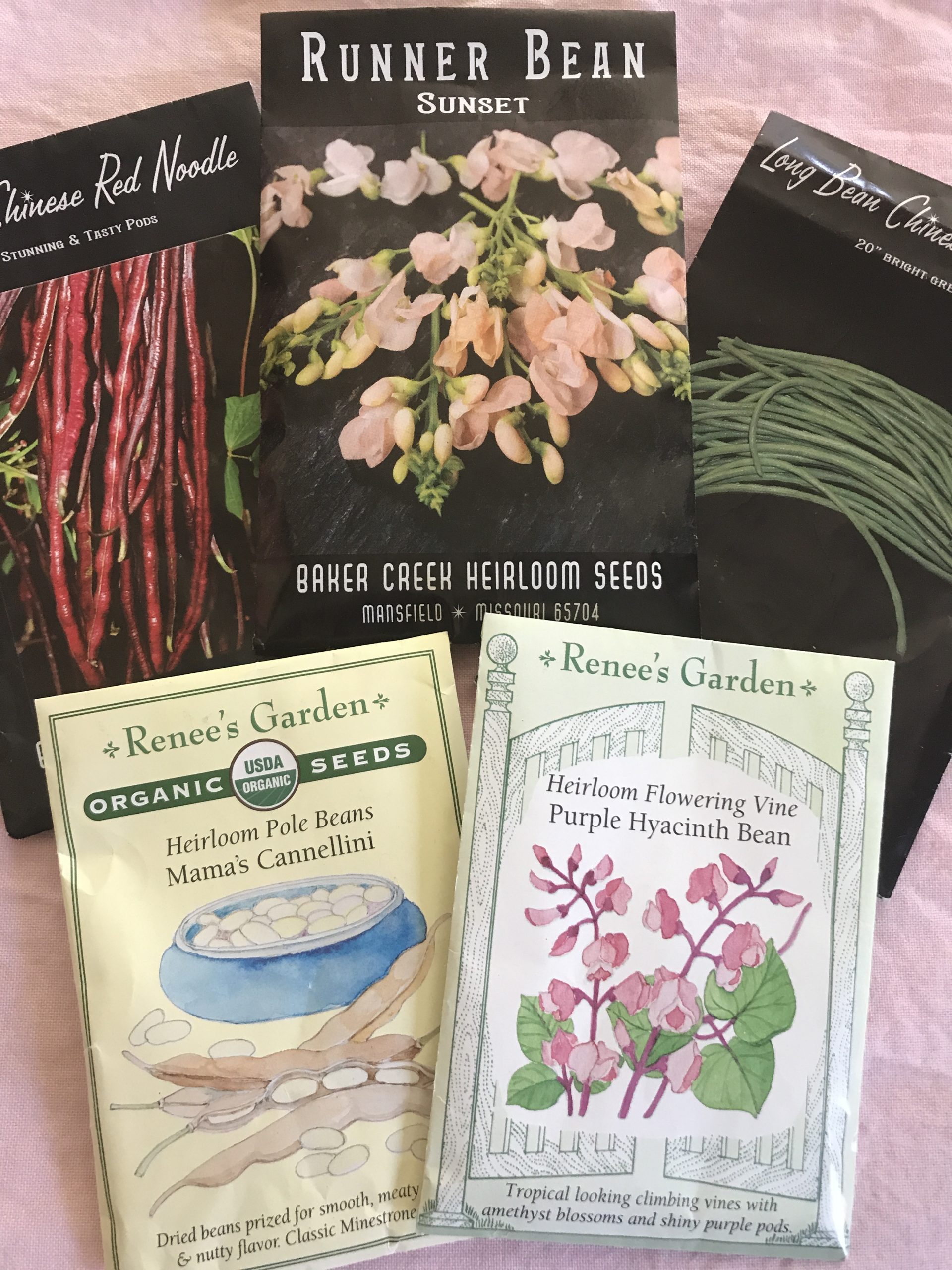You don’t have to own a farm or acres of land to feed your family real and clean food. It took four years to be able to feed my family of six off of our 224 sqft garden, and here is how to double your small garden’s production.
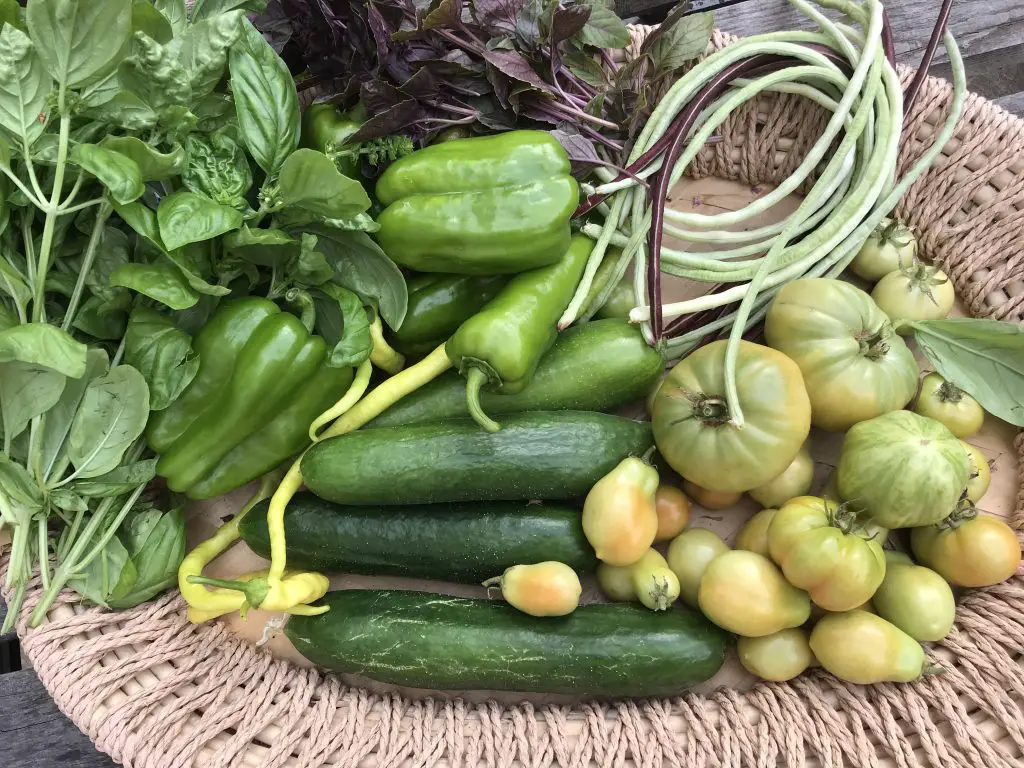
Grow what you love to eat
It is essential to grow what you enjoy eating. That will give you the energy and positive attitude to keep trying, no matter the obstacles. Gardening is not a push of a button. It is a trial and error journey to find the correct method that works in your space.
Plant what works in your area
Before spending money at the nursery, learn about your growing zone. Learn about your climate by asking the following questions: What are the highest and lowest temperatures? What are the distinct seasons in your area? What crops grow when?
This information is usually available at your county extension office. It can also be available at the university of agriculture in your region. Ask your fellow gardeners or visit the farmers’ market if none is available to you. Otherwise, make notes in your handbook about the highs and lows in temperatures, the amount of rain you get, and when is the first and last frost date.
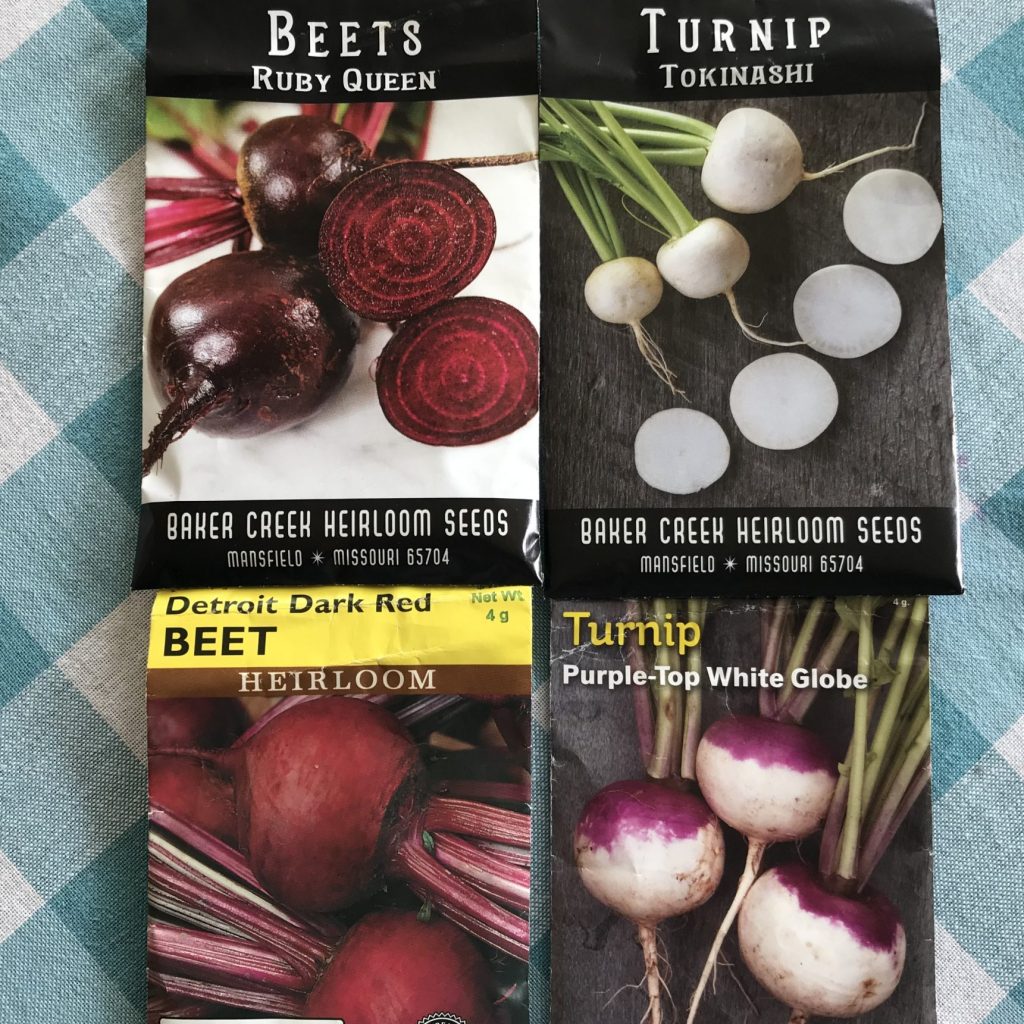
Choosing the right variety
This step is related to the previous one. Again, knowing your growing zone and climate will help you determine which varieties will thrive in your garden. Also, the garden size and the amount of sunlight have a significant role in your choices.
For example, in Central Texas, slow bolting is the main criterion of the cool-season crops since summers can linger and springs are short. However, for summer crops, heat and drought tolerance are essential.
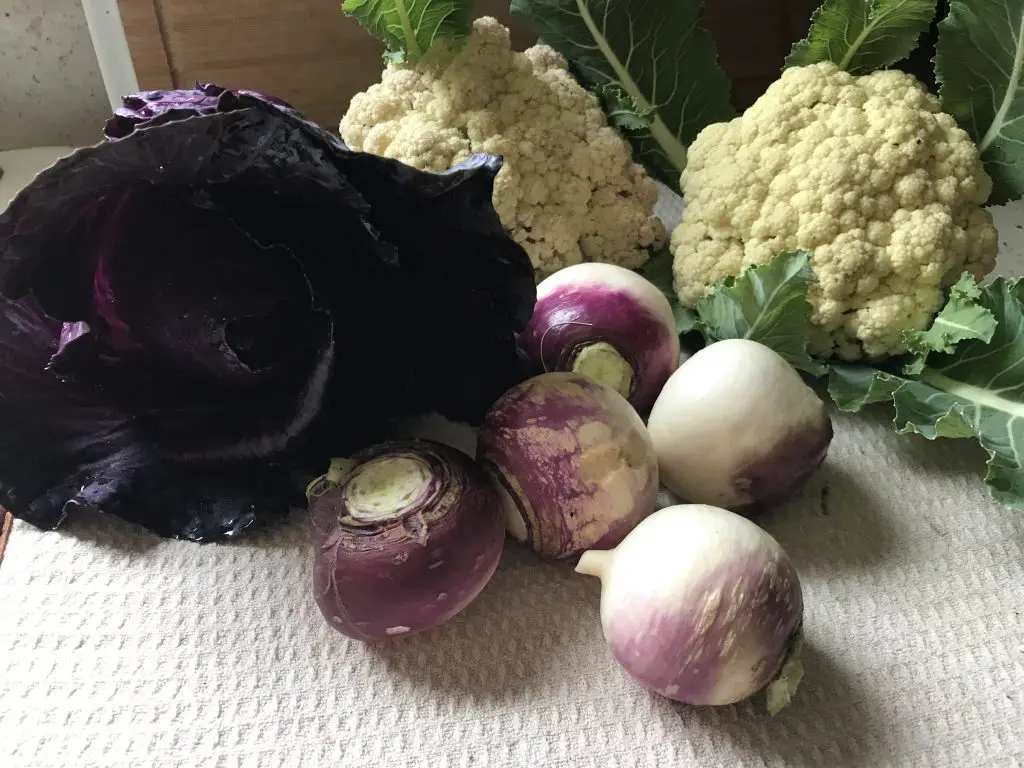
Small is better
Unless you are growing for a show or competition, there is no need to grow huge tomatoes or a giant cabbage. Most of the time, people start a home garden to feed their family, so having several fruits through the season is better than having one big fruit.
Big size vegetables take a long time to ripen and be ready for harvest, during which you could be harvesting many bowls of smaller ones. For example, a large tomato would take approximately 80 days to maturity, while a smaller tomato like a Cherry will need only 50 days.
High-density planting
High-density planting is a method that relies on growing as much as possible in a small space to increase yield. It does not follow conventional spacing rules. Due to the limited space, a gardener tries to get the most out of it in the home garden.
Squarefoot Gardening is one method that simplifies high-density planting with its spacing chart. It uses blocks of one square foot as a base for spacing. The spacing, then, varies according to the size of the plants, from four square feet to sixteen in one square foot. The extra-large plants, such as zucchini, will need four square feet, while extra small plants like carrots will need one square foot for sixteen plants.
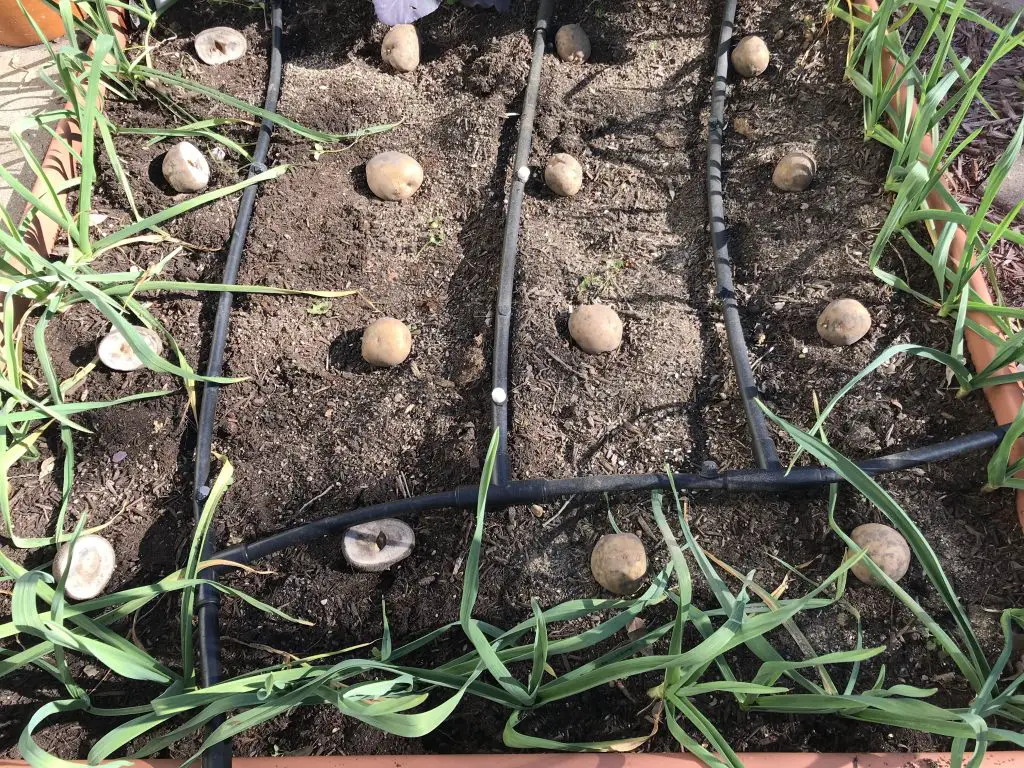
Intercropping
Intercropping is another face of companion planting. The idea is to plant more than one crop in the same space. It works well with crops that do not require the same amount of space. Some examples of intercropping are:
- Planting garlic, leeks, or onions in between other crops like brassicas.
- Planting climbing crops (peas or beans) while root crops (turnips, beets, and carrots) grow at the bottom.
- Plant some herbs to cover the bare ground if you have a perennial plant that goes dormant during a particular season.
- Plant basil in between pepper and eggplant plants to save space. It also helps attract pollinators, which will improve yield.
- If you still have crops from a previous season producing, sow seeds for the following season at their bottom. Plant broad beans under peppers. When freeze kills the pepper plants, the broad beans are already grown.
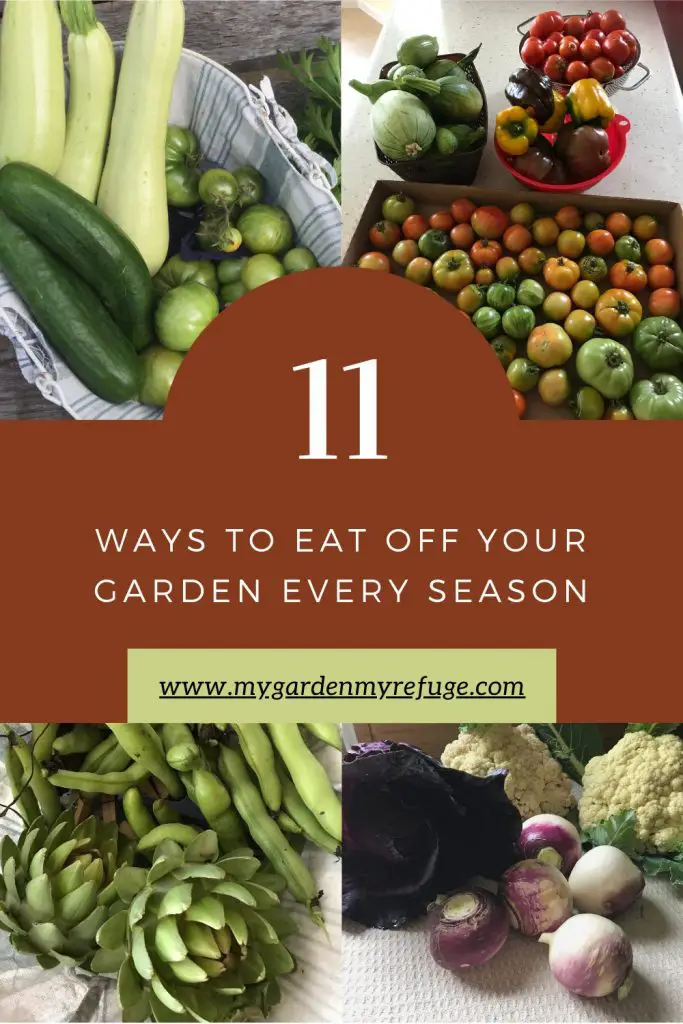
Succession planting
Succession planting expands harvest time for home gardeners. Instead of planting crops at once, plant them in two weeks intervals. It allows you to get several harvests through the season instead of one.
One more tip for succession planting is to start some seeds indoors earlier in the season. Then, direct sow the rest in another row along the side at planting time. This technique applies to peas, beans, turnips, and beets.
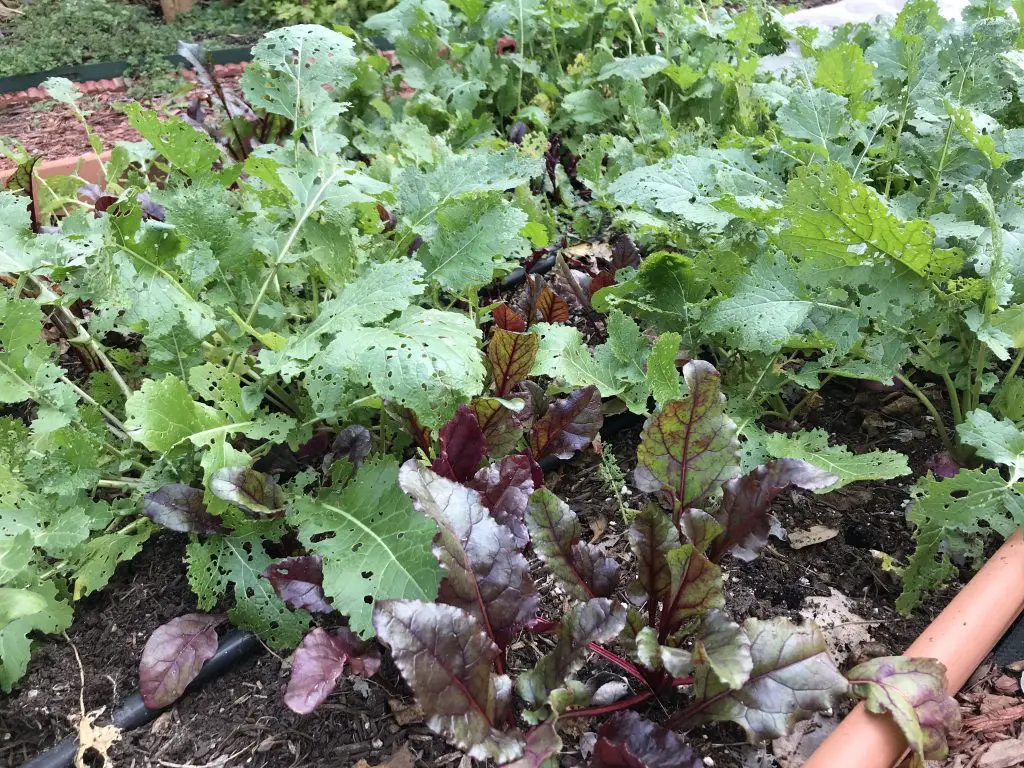
Grow all-in-one crops
An All-in-one plant is the one you get to consume every part of it. Naturally, therefore, these crops come in handy in small spaces, and here are some examples:
- Artichokes and cardoons are beautiful plants that can serve as a border in the winter landscape. While waiting for the flower bud to show up, you can use the leave center stem in your cooking. Cardoon is very common in Mediterranean cuisine.
- Turnips are another multipurpose crop. Harvest the leafy green tops to cook as you would spinach while waiting for the bulb to size up. The same goes for carrots and beets. Make sure to leave some leaves and not strip the plants, as the roots need them to grow.
- Raspberry plants produce berries in the spring, then they stop and focus on their foliage. But don’t let that go to waste. Raspberry leaves are good for tea. Add a few Hibiscus or Roselle petals for color and extra flavor.
- Broccoli as cauliflower leaves is edible too. Choose younger leaves for they are less fibrous. Cook them as you do any other green, or make stuffed rolls like cabbage rolls.
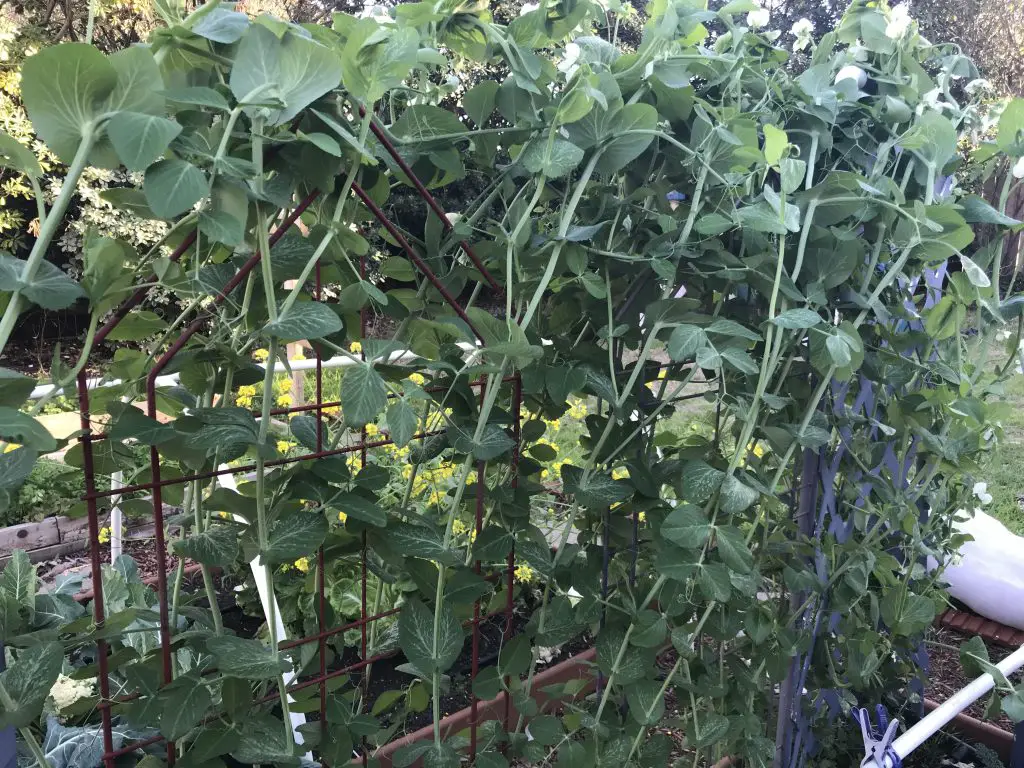
Grow vertical
Many vegetables have two types of growth patterns vining and bush. For a small garden, it is best to go with climbing varieties to use the vertical space instead of the ground.
- Grow pole beans instead of bush beans.
- Choose climbing cucumbers, not bush cucumbers.
- Peas also come in short and tall varieties. Go with the tall type as they are more prolific.
- Go with small pumpkin and winter squash varieties to be able to train them over a trellis.
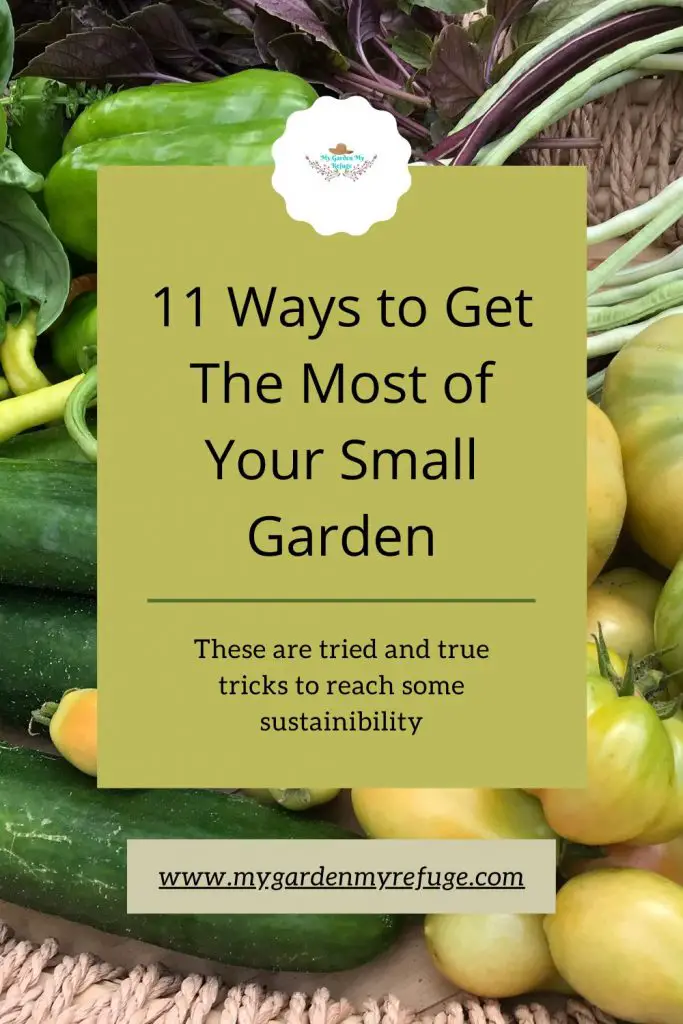
Cut and come again
It is one of the easiest growing methods, where you plant once and harvest many times. Some plants that do well with the cut-and-come-again are kale, lettuce, spinach, Asian greens, cardoons, and herbs. You pick the outer leaves instead of cutting the whole plant. With every cut, new leaves will appear, making harvest time longer.
Broccoli is another vegetable from which you could get several harvests. After you cut the main broccoli head, leave the plant in the ground. New shoots will show up along the sides of the stem. They won’t be as big as the first head, but having many of them will make you a meal.
Keep harvesting
Fruits are the way plants ensure the survival of their species. When you regularly harvest flowers or fruits, the plant gets a signal to keep reproducing to ensure its survival. Fewer harvests trigger the plant to stop production, thinking it made enough. This concept works well with cut flowers, beans, peas, and peppers.
For herbs, frequent harvest or cutting will encourage new growth, making the plant stronger and lusher. It also prevents stems from turning woody for some of them, such as thyme and oregano.
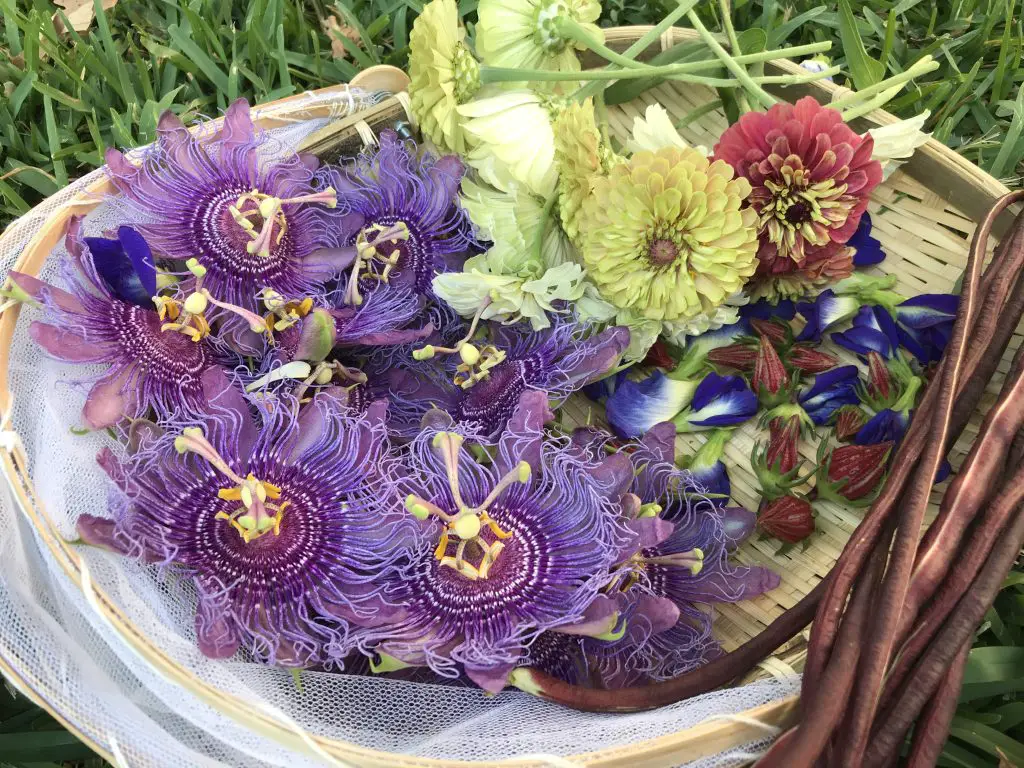
Incorporate edible plants in your landscape
It may seem strange, but many edible plants have a fabulous presence and aesthetic that makes them landscape-worthy. Tuck in some useful edibles instead of only having landscape shrubs for your house’s curb appeal. Here is a list of some plants that could make a statement in your yard:
- Artichokes and Cardoons are perennials that live in the cool season and die back in the summer. Their color is a sage green with a hint of silver. They get quite large, reaching five feet long in full sun. If not harvested, the edible flowers are fascinating in shape and color. The stem is also edible.
- Rosemerry is a good substitute for boxwood in borders. It is an evergreen, easy to trim, and it smells great.
- Lavender and Mexican mint marigold also look great in flower borders.
- Roselle, Passion vine, Jasmine, and Blue Peas flowers are beautiful vining plants with the bonus of using their flowers in teas.
